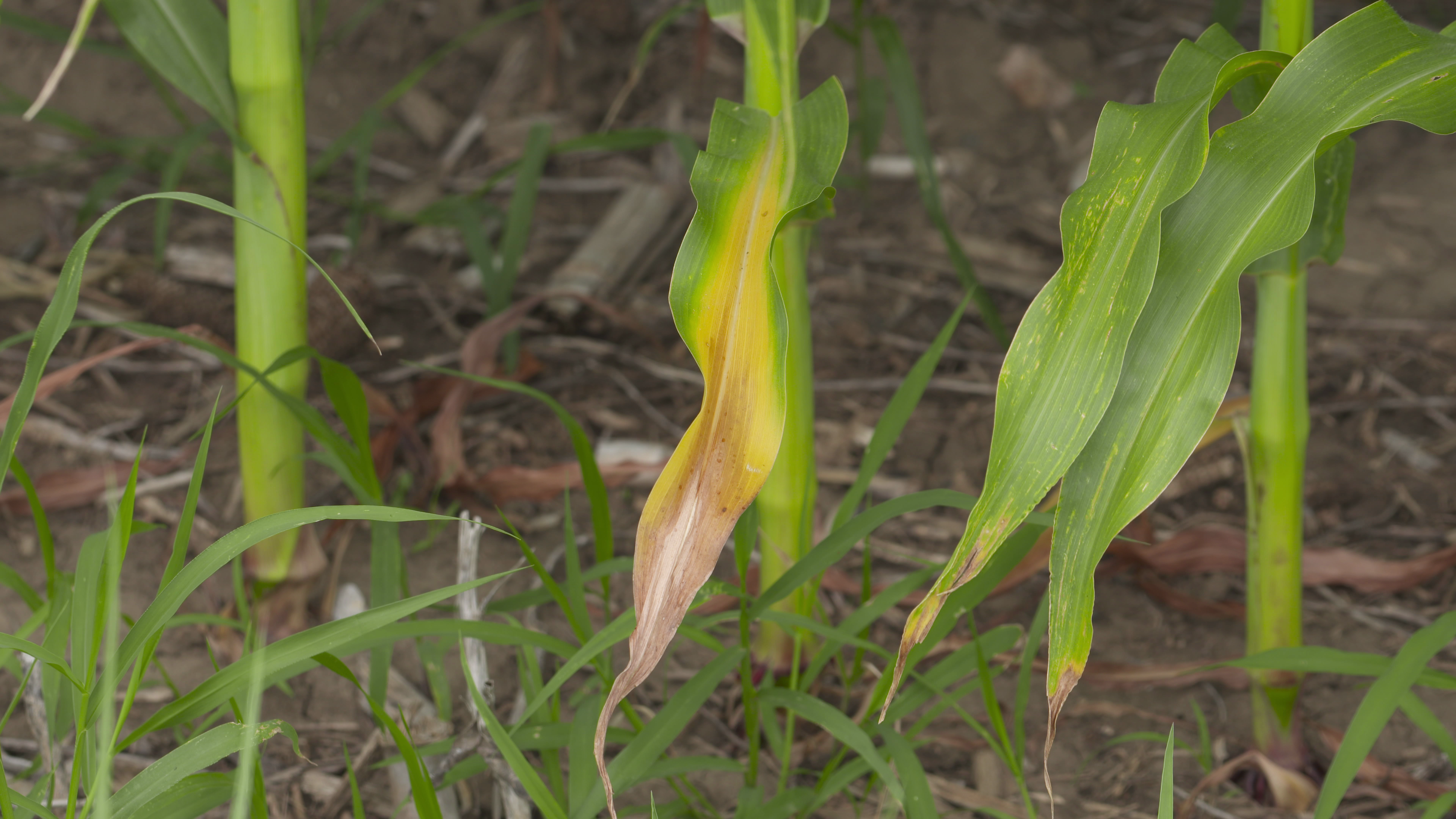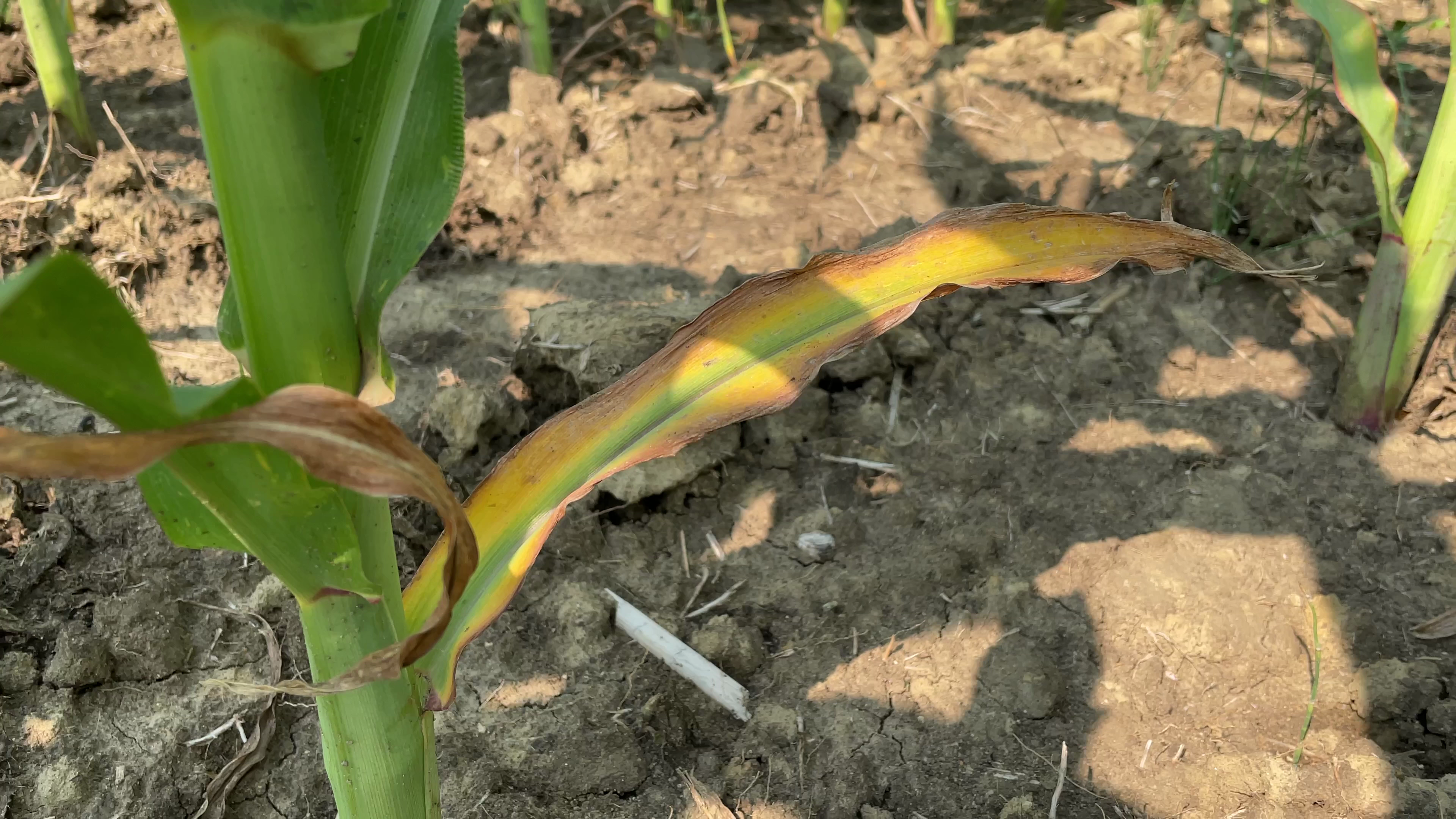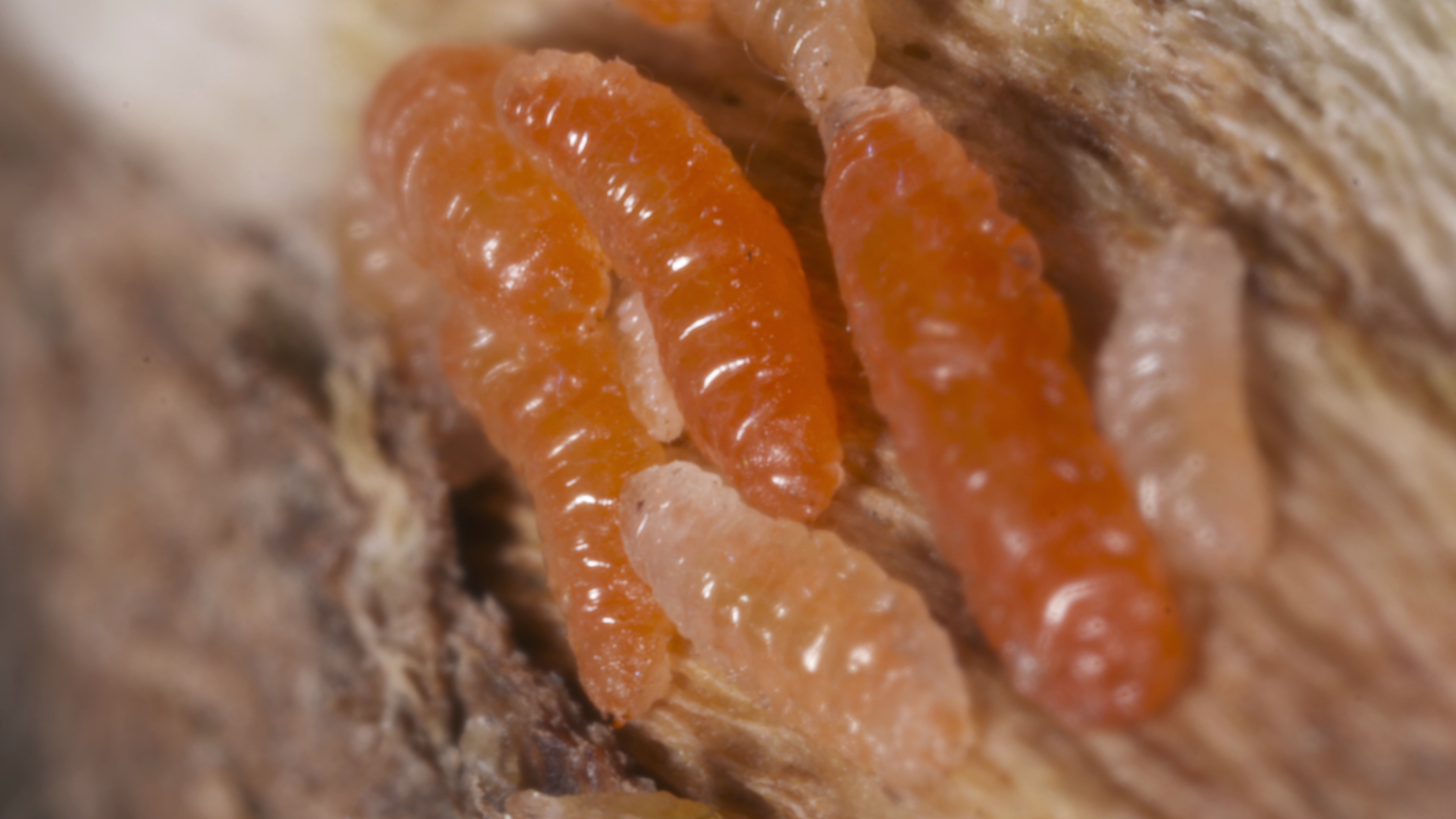
When it comes to scouting your fields, maybe your line of thinking matches one of these statements:
- Something’s wrong in one or more of my fields. I have to find it quickly before I lose yield!
- I love seeing my crops grow and being out in the field. What will I see today?
- There’s NO WAY I have time to get to all my fields. I’d better hire someone good to help me do it.
- I hope and pray everything is okay out in my fields… because I’m just not going to look.
Let’s hope you didn’t pick the last option! However, all three of the other philosophies can work. I find it helpful to have a few things to watch for throughout the season, whether I’m doing the scouting myself or having someone else take a look at my fields. Here are a few things in each crop to be watching for around this time of year.
CORN
- Nutrient deficiencies – Watch for lower leaves showing N or K deficiencies. With N, it’s yellowing from the tip moving down the mid-rib. With K, it’s yellowing from the outside edges of the leaf, working its way in. If the corn is yellow or striped at the top of the plant, you’re likely dealing with a micronutrient or sulfur deficiency that’s best diagnosed with a tissue test.
- Stalk issues – Did your area experience wet weather this spring? Watch closely for stalk or crown rot issues that may pop up in areas of your fields. You may not be able to address them in this crop, but you can move your harvest dates up to reduce lodging problems.
- Insects – Bugs are ever-present in corn fields, but which bugs do you have and how many are there? If you’re making an application of a herbicide, fungicide, or fertility product, you could potentially just add in some insecticide to address beetles, earworms, corn borers, or aphids. Timing is critical, though, so keep scouting.
- Root issues – There are plenty of reasons why your roots may not be as prolific as you’d like. As you’re scouting, do a little digging to see how strong your anchors are.



SOYBEANS
- Soybean gall midge larvae – If you don’t know about this bug, learn how to identify it so you can scout for it on your farm. They are little orange worms that are found inside soybean stems. If you have plants dying or looking drought-stressed in your end rows later this season, slice them open to see why. It could be gall midge.
- Insect issues can pop up at any time in soybeans. I’m on the lookout primarily for bean leaf beetles and soybean aphids on our farm, but for your area, it could be soybean loopers, green cloverworms, grasshoppers, or a host of other pests. Also, in soybeans, there is often an unusual insect of the year like woolly bears or thistle caterpillars. What will this year’s bug be? Who knows…
- Soybean Cyst Nematode (SCN) is a growing concern as tolerance develops to the PI88788 gene. Dig roots and look for tiny lemon drops on them. SCN populations fluctuate through the season and are often worse in patches, so keep scouting. Use past year’s yield maps or this year’s satellite or drone images to help find the worst areas.
- Diseases – As soybeans hit the reproductive stages of growth, things like sudden death syndrome and sclerotinia white mold begin to pop up. Even if you have a fungicide getting sprayed in your fields every three to four weeks, keep on the lookout for disease. Also, remember that if a disease has infected your crop before you spray a fungicide, you’ve already given up a lot of yield. For best results and maximum yields, try to spray fungicides before you see much (or preferably any) disease.
